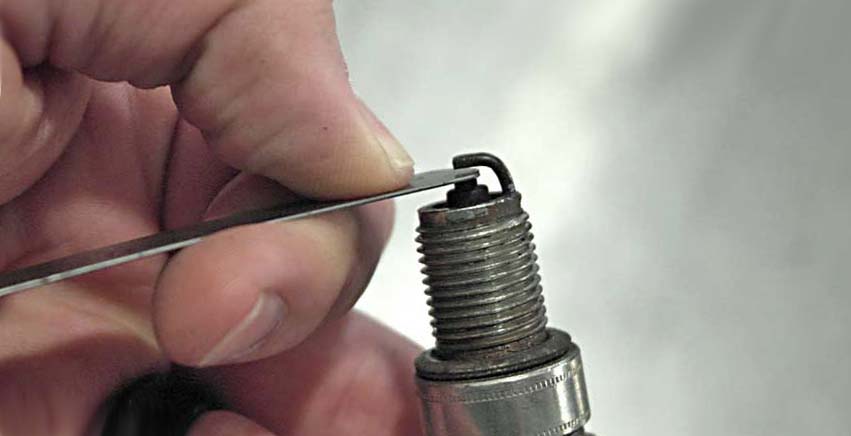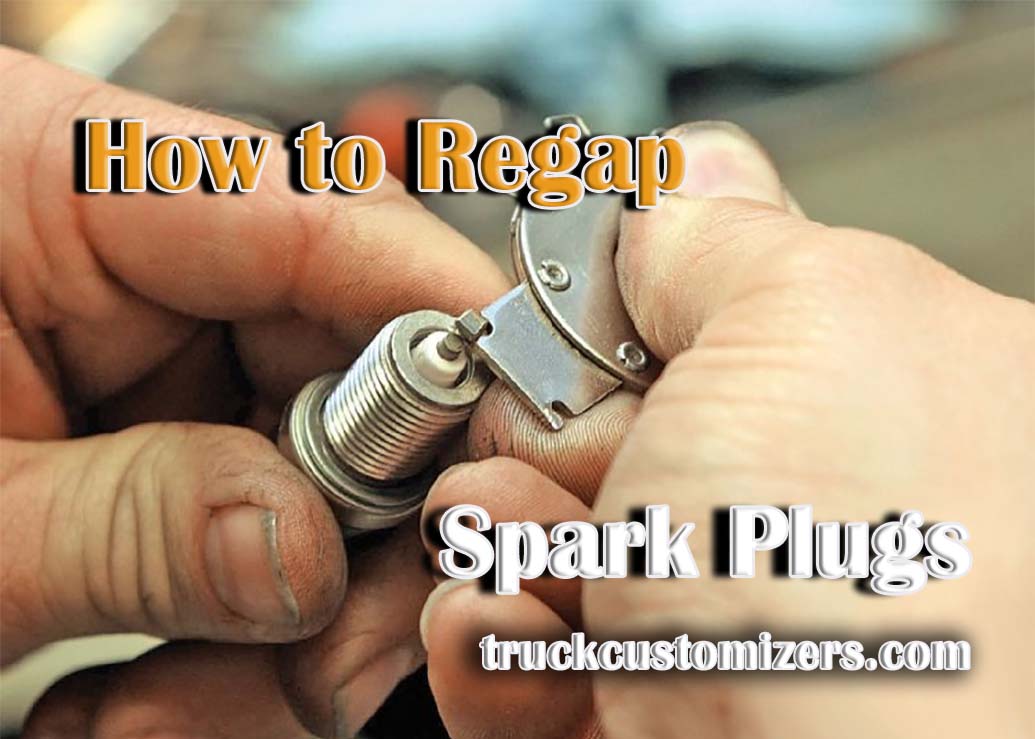Regapping spark plugs is a necessary maintenance task required to keep your car’s engine running smoothly. The gap size of your spark plugs has a direct effect on the performance of your engine, and if it is not set correctly, it can cause the engine to misfire and reduce fuel efficiency. In this article, we will discuss why regapping spark plugs is important, and how to measure for the correct gap size.
Reasons for Regapping Spark Plugs
Poor Engine Performance: If you notice that your car is having difficulty starting or acceleration isn’t as smooth as it should be, then regapping your spark plugs can improve overall engine performance.
Engine Misfires: If you experience regular or random misfires from your engine then it could be due to incorrect gap settings on the spark plug which can cause a weak ignition of the air/fuel mixture in each cylinder.
Increasing Fuel Efficiency: Properly gapped spark plugs allow for improved fuel efficiency by creating an efficient combustion process in each cylinder of the engine which helps maximize power output while reducing wasted energy from incomplete combustion.

Gather the Necessary Tools and Supplies
Spark Plug Gap Tool: You will need a spark plug gap tool to accurately measure and adjust the gap size of your spark plugs.
Spark Plug Socket: A spark plug socket with a rubber insert will make it easier to remove and tighten the old or new spark plugs without damaging them.
Ratchet or Wrench: A ratchet or wrench will be necessary to loosen and tighten the old or new spark plugs when regapping them.
Non-Metallic Feeler Gauge: A non-metallic feeler gauge is needed to measure the gap size of the new or old spark plug accurately as it should not scratch any part of the spark plug itself when inserting it into the gap tool for measurement purposes.
Safety Glasses: It’s always a good idea to wear safety glasses when working on your car in case any small parts fly off unexpectedly which could cause eye damage if not protected properly .
Gloves: Wearing gloves is important for protecting your hands from any dirt, grime, or rough edges that are present on older cars which can cause cuts and scrapes.
Measuring for a Proper Gap Size
Insert a New Spark Plug into the Gap Tool: Once you have replaced all of the old spark plugs with new ones, it’s time to measure their gap size using your gap tool. Start by inserting a new spark plug into one side of the gap tool firmly so that its electrodes are positioned inside two slots in the tool.
Insert a Feeler Gauge Into The Gap Tool: After the spark plug is inserted, you can insert your feeler gauge into the other side of the gap tool and feel for any resistance between its two electrodes. If there is too much resistance (more than 0.35 mm) then this means that the gap size needs to be adjusted accordingly.
Adjust The Gap Size as Desired Until The Correct Measurement Is Reached: To adjust the gap size, use a small flathead screwdriver to gently press down on one of the spark plug electrodes until it bends slightly and the gap size is adjusted accordingly. Repeat this process for all of your spark plugs until their gap sizes are set correctly. Also read about Causes of Carbon Fouled Spark Plugs.
Conclusion
Regapping your spark plugs is an important part of car maintenance that should not be overlooked as it can have a direct effect on overall engine performance and fuel efficiency. Following these simple steps and using the right tools should make regapping your spark plugs an easy task that will help you stay safe and get maximum performance out of your car’s engine.



